Anova CC151T Bruksanvisning
Anova
Gressklipper
CC151T
Les nedenfor 📖 manual på norsk for Anova CC151T (40 sider) i kategorien Gressklipper. Denne guiden var nyttig for 26 personer og ble vurdert med 3.6 stjerner i gjennomsnitt av 13.5 brukere
Side 1/40

Mower
Instructions and user manual
CC146T, CC151T
Millasur SLU
Rúa Eduardo Pondal, nº 23 - Pol. Ind. Sigüeiro
15688 – Oroso, A Coruña - 981 696 465 - www.millasur.com
EN
Produkspesifikasjoner
| Merke: | Anova |
| Kategori: | Gressklipper |
| Modell: | CC151T |
Trenger du hjelp?
Hvis du trenger hjelp med Anova CC151T still et spørsmål nedenfor, og andre brukere vil svare deg
Gressklipper Anova Manualer

30 Desember 2025

30 Desember 2025

30 Desember 2025

23 Desember 2024

23 Desember 2024

21 Desember 2024

21 Desember 2024

21 Desember 2024

15 Oktober 2024

15 Oktober 2024
Gressklipper Manualer
- Gardol
- Hikoki
- Bosch
- Scheppach
- Proviel
- Maxbear
- Powerbase
- Dedra
- Powerblade
- Hitachi
- McGregor
- Weibang
- Stalco
- Gardena
- Chapin
Nyeste Gressklipper Manualer

13 Oktober 2025
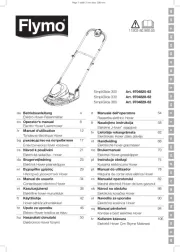
13 Oktober 2025
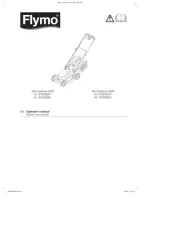
13 Oktober 2025
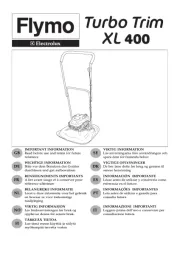
13 Oktober 2025
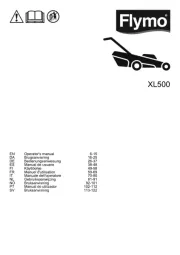
13 Oktober 2025
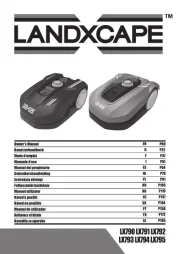
13 Oktober 2025
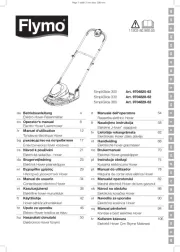
13 Oktober 2025
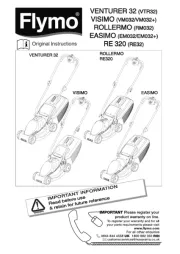
13 Oktober 2025
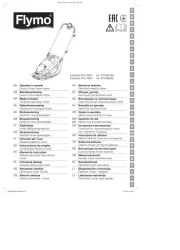
13 Oktober 2025
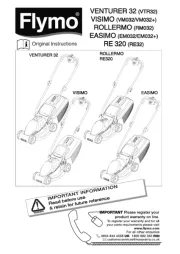
13 Oktober 2025